Have you seen wild violets emerge this spring? Learn all about the common blue violet, which you can not only eat but also use as medicine in your home! Plus, I’ll share a delicious violet honey recipe.
Yes, Violets Are Edible
What makes a yard feel more like spring than the blue-violet finally showing her tiny purple blooms, as if to say, “The fairies are here!”? Her purple petals provide joy to adults and children alike as they bloom in March and April. As with many of our spring herbs, she arrives right when needed.
Violets are found all over North America. This perennial herb loves to grow in hedgerows, fields, gardens, and woodland edges.
In addition to attracting early-season pollinators, this wildflower is edible and has been cultivated for over two thousand years for its fragrance and medicine. The leaves and the flowers are edible and packed with vitamins C and A. You’ve probably seen her tiny purple flowers as a garnish on a plate, added to a salad or soup, or used in honeys or syrups.
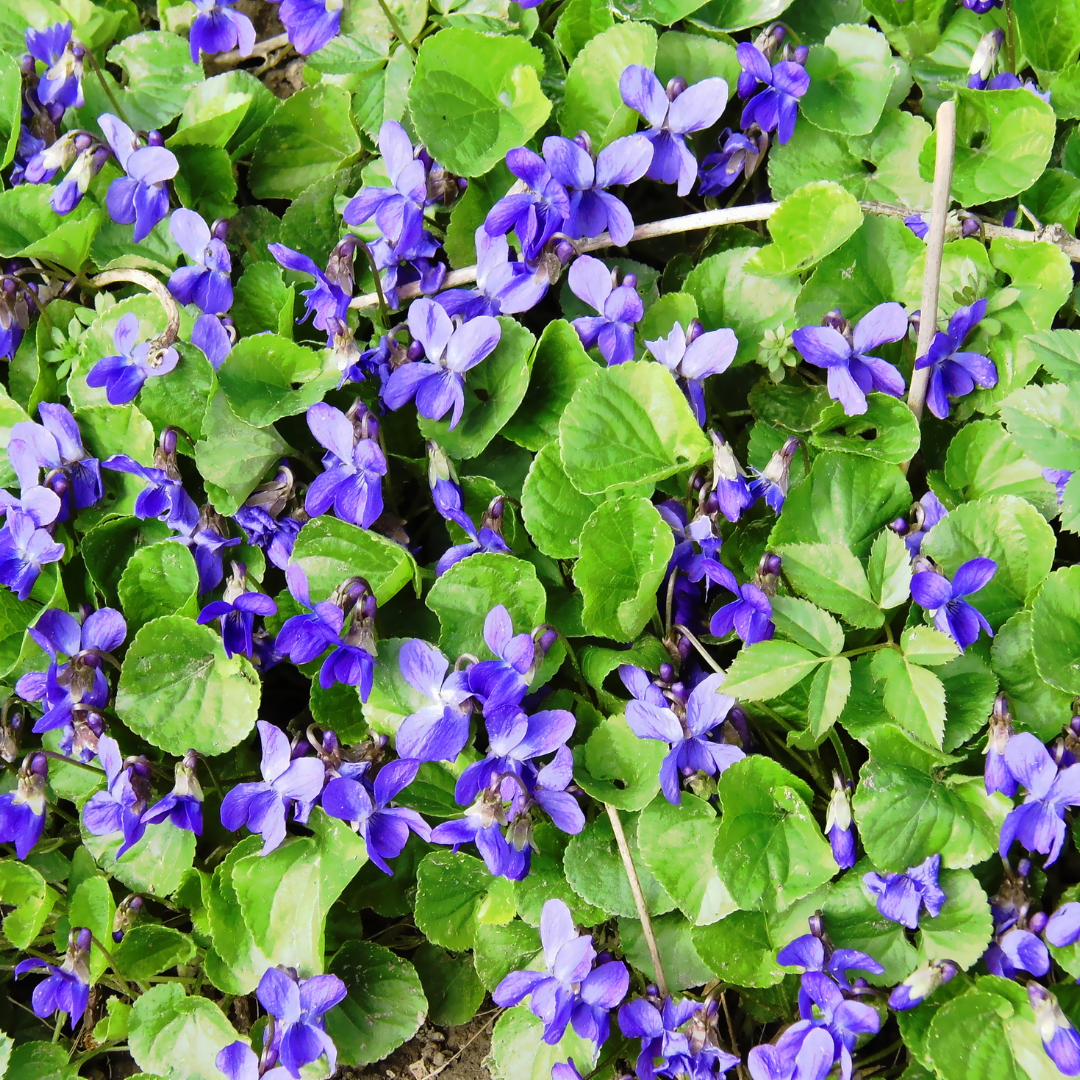
I find that when we learn about our wild herbs and edibles, such as violets, we become more deeply connected to the seasons and the rhythm of the Earth. I promise you will never look at those tiny purple flowers popping up in yards the same ever again. And hopefully, you will bring her medicine into your home!
Identifying Violet Flowers
There are over 100 different species in the Viola genus. We are focusing on common blue violet. (Note: This is NOT the same as the purple African Violet.)
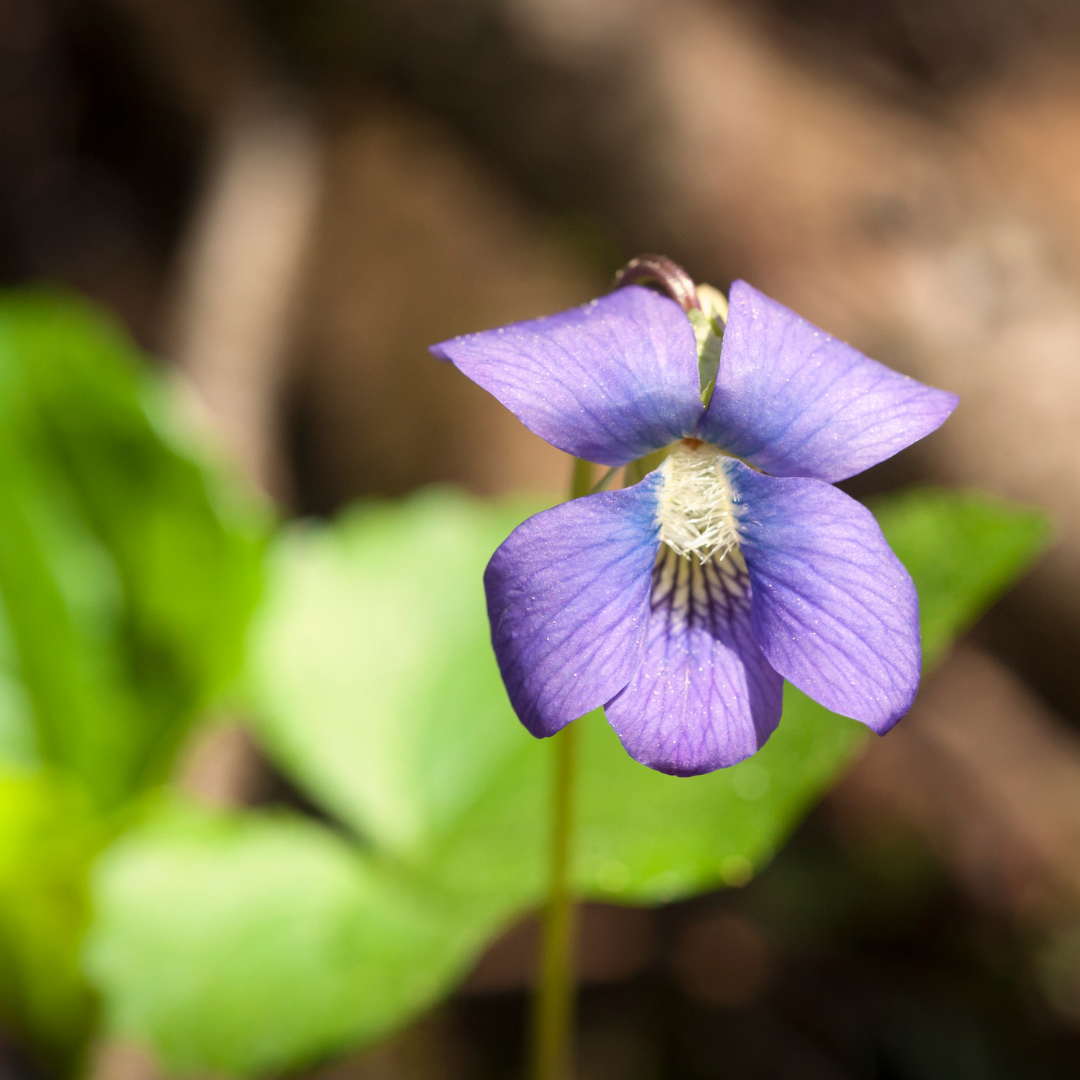
Violet can be identified by her heart-shaped leaves. Be aware that if she’s not in flower, she can be misidentified and mistaken for nonedible or even poisonous plants. So it’s best only to harvest her when she’s in flower until you really get to know this plant.
She has five petals—almost like two arms, two legs, and a tail or head (it depends on how you look at it). The fifth tail or head is her nectar spur—where the pollinators can find the sweet nectar. And, of course, the color is a beautiful violet.
She grows low to the ground in a rosette and will come up every year in the same spot and eventually spread throughout the area if allowed.
As mentioned, there are over 500 species in this genus, so you can also find white, yellow, and multicolored violets. For the purposes of this article, we are focusing on the purple/ common blue violet.
Growing and Foraging Violet
You can find violets flowering in early springtime, in yards, and even between sidewalks, along buildings, and walking trails. One of my favorite things is walking by a violet-filled yard—a sea of purple amongst the green.
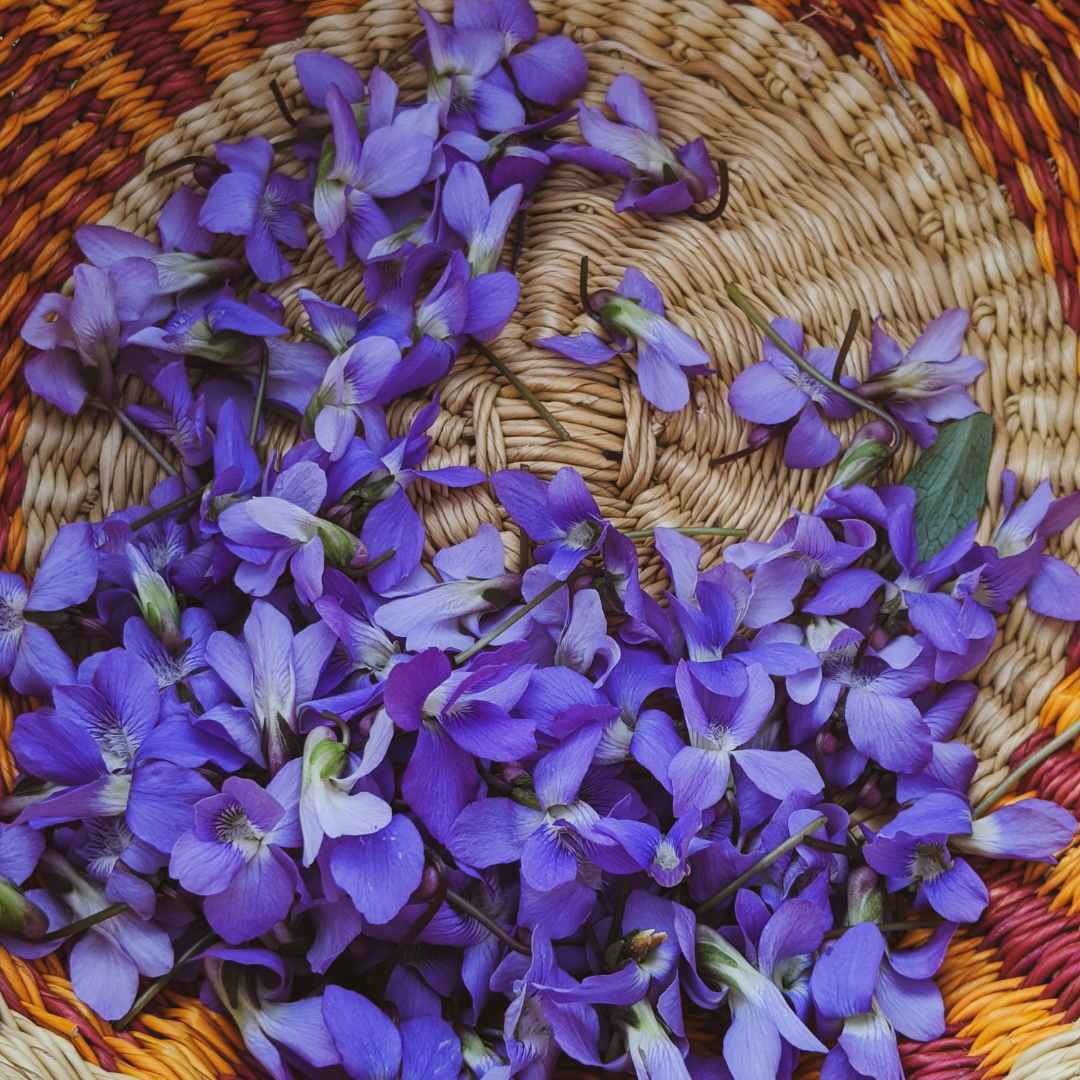
You can also start violet in your yard or garden if she’s not naturally growing in your area. Be aware that she will eventually take over! We have her growing along a back fence row, which provides medicine and beauty for us and the occasional snack for our chickens.
As with any wild food, I take note of how much there is in the area. I never harvest everything from the plant or the area. Remember that you are harvesting from an ecosystem. The plant is part of that system, so allowing it to continue on is important!
You also want to make sure, if you are not harvesting on your own land, that the area hasn’t been sprayed and isn’t a common place where folks take their dogs to play.
I use my clippers (or you can use kitchen shears) to clip off the flowers and green leaves. The leaves in early Spring are more tender. Both the flowers and the leaves have the medicinal qualities we will talk about next.
You can add flowers and leaves to your salads and make tea, vinegar, oils, salves, syrup, or violet honey, my personal favorite.
How Violets Can Help You Heal
- She’s known for cleansing and helping to remove toxins from the blood.
- She is well known for helping to soothe the respiratory, digestive and urinary systems when inflammation is causing issues and pain.
- She’s also known for supporting the emotional heart when eaten or by just gazing at her.
- She’s also been used for her anti-cancer properties.
- She is helpful for dry, painful coughs like whooping cough.
- She supports the lymphatic system and can help with swollen lymph nodes, especially hard vs. squishy.
- She is known for helping to gently move the lymph and remove toxins from the blood.
- She can help support heart and circulatory health.
- She can help moisten the lungs and expel mucus, especially for dry respiratory issues like bronchitis, dry asthma, strep throat, and even dry allergic reactions.
- She has a good amount of calcium, magnesium, and vitamin C, so she is definitely considered a nourishing herb or nutritive.
- She can help with joint pain caused by inflammation due to her anti-inflammatory properties.
- Herbalist Mathew Wood states the violet is specifically wonderful for children with swollen glands, dry skin, and constipation.
- She is known to help with cysts and tumors, which is why many herbalists note her as an herb to look to for preventing and possibly even helping treat breast cancer.
How to Use Violet’s Medicine
- As a tea, Violet can be consumed and also used as an eye wash or sinus wash for dry conditions.
- She makes a beautiful herbal oil, which can be made into a salve.
- She makes a beautiful and delicious herbal honey.
- You can make Violet into a tincture, but this does not bring in her soothing qualities as well as the vinegar or tea.
- She can be infused into herbal vinegar.
- She is lovely consumed fresh in a salad or as a snack.
*** As with all herbs, try a little bit first to see how your body feels. It is possible to be allergic to any herb, even a safe, gentle herb like violet. Listen to your body, and if you are on medications, check with your practitioner before taking an herb. ***
Making Violet Flower Honey
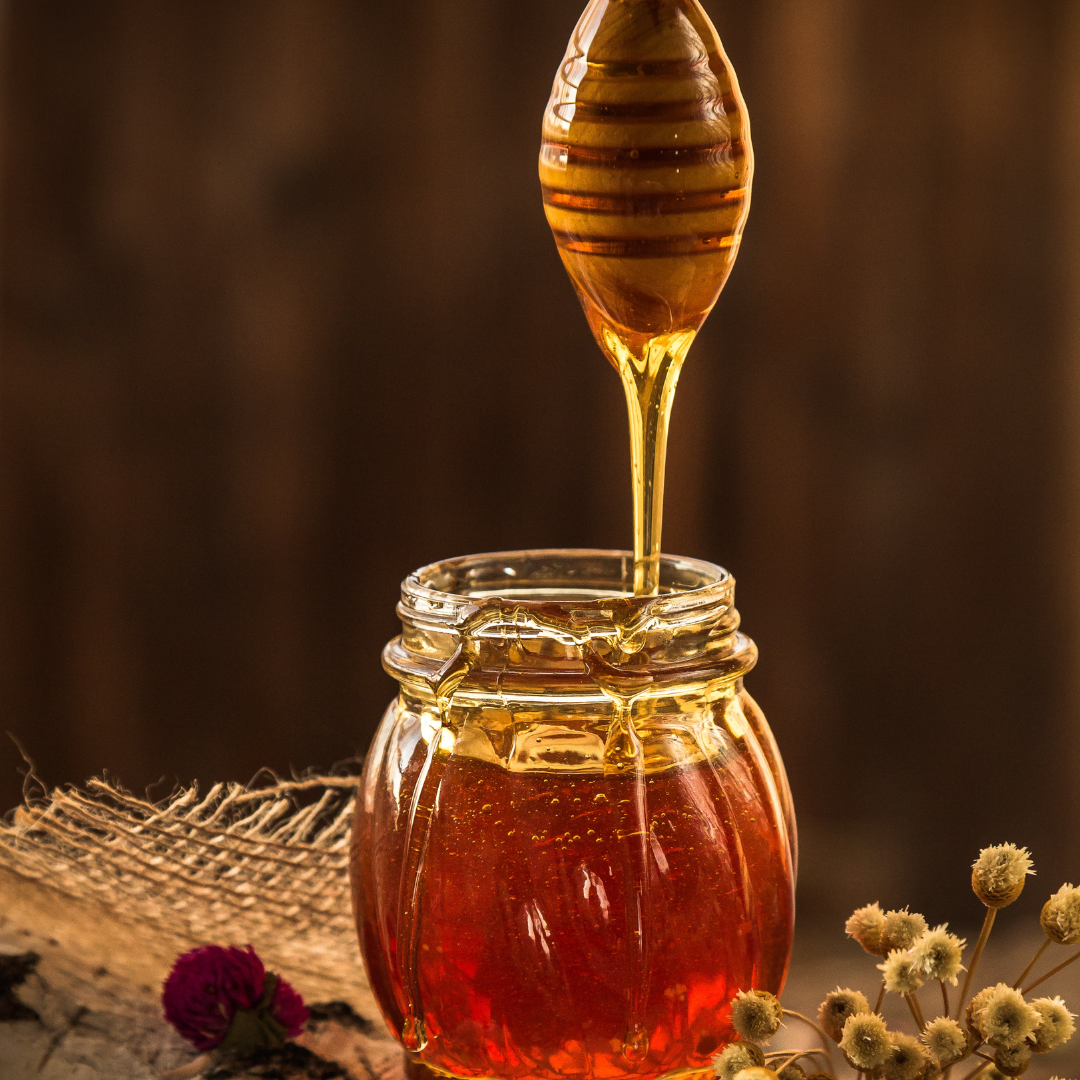
Violet honey is so fun to make. I love opening our kitchen cabinet and seeing violet honey from the spring that we can drizzle on toast, muffins, oatmeal or anywhere you would want to use honey.
To Make Your Violet Honey
Harvest enough violet flowers to loosely fill your jar. If you are harvesting from your own yard or gardens, there is no need to wash unless you feel that’s necessary. If you are harvesting from a park or wild foraging, I would probably do a gentle rinse with water and pat dry well. Water and honey can mean mold, so you don’t want to add any extra water unless it’s necessary.
Pour raw local honey over the violet flowers, using a chopstick to stir to incorporate the honey. Continue to add honey until the jar is full, and put your lid on.
For the next 4 weeks, you will want to turn your jar up and down a few times a week. Once a week, check on your jar, opening the lid to see if more honey is needed.
After your 4 weeks (you can taste and use before then as well) you will have a nicely infused honey. I keep the flowers in the honey and that just adds fun and color to whatever I’m using the honey for.
The combination of violets and honey is not only amazingly tasty it is also used by herbalists as a medicinal preparation. Violet and honey are both wonderfully helpful for soothing coughs and scratchy throats.
Violets are known to be especially good for helping those with respiratory ailments associated with thick, yellow mucus. The flowers also help to gently support the immune system during healing. The sweetness of honey combined with violet can be heart-soothing, reminding us during those hard times that life can be sweet.
I see violets like a compassionate and kind friend, wonderful not only for her physical medicinal properties but for supporting those experiencing grief and heartache. See violet’s meaning in the Language of Flowers.
If nothing else, she reminds us that there are cycles to life, and spring will always bring warmth and childlike wonder following the grey days of winter.
Learn more about edible flowers to grow (and eat!)






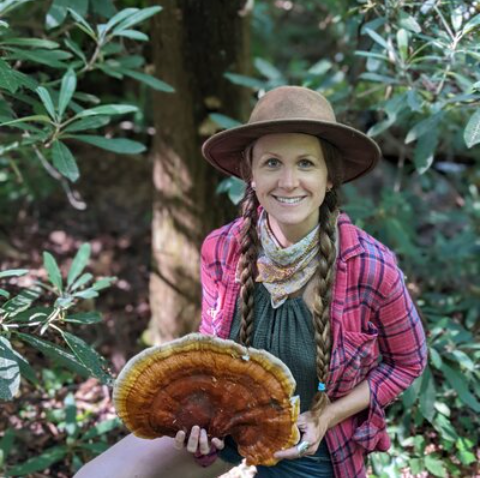








Comments